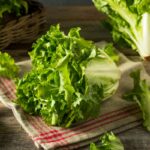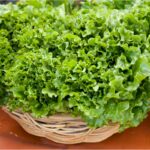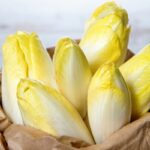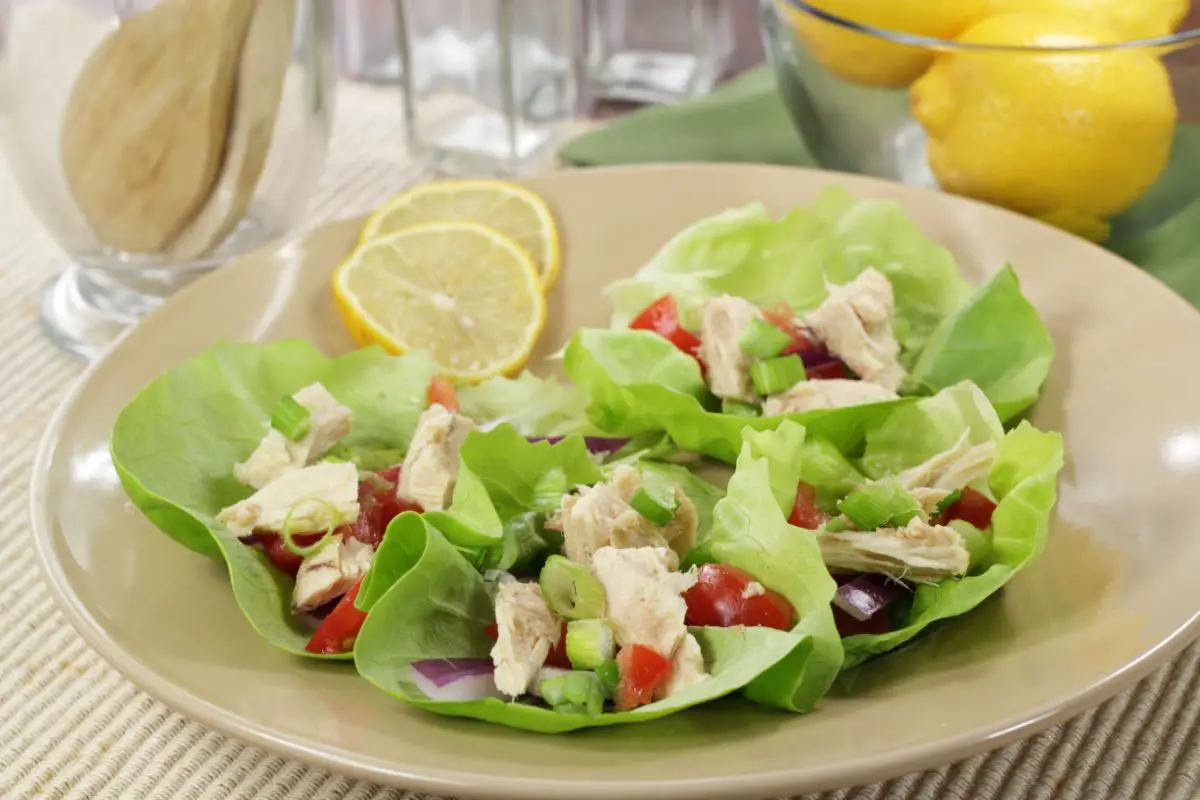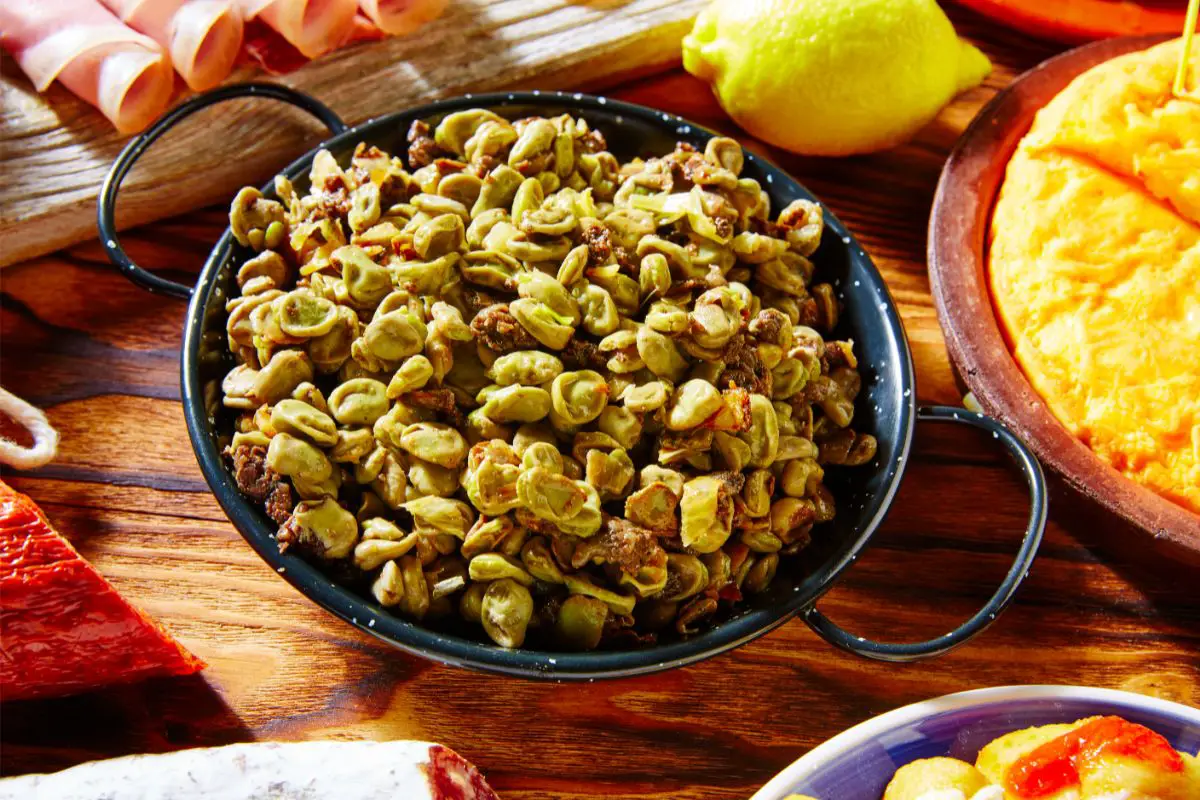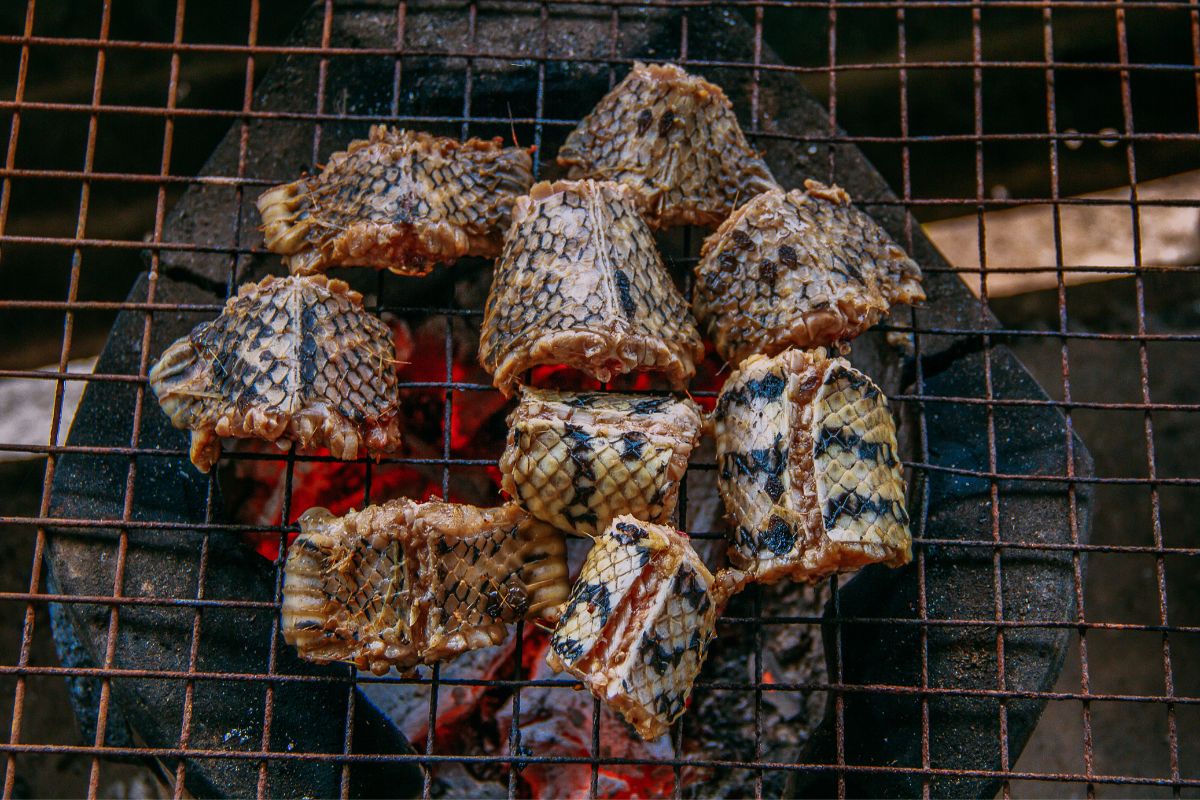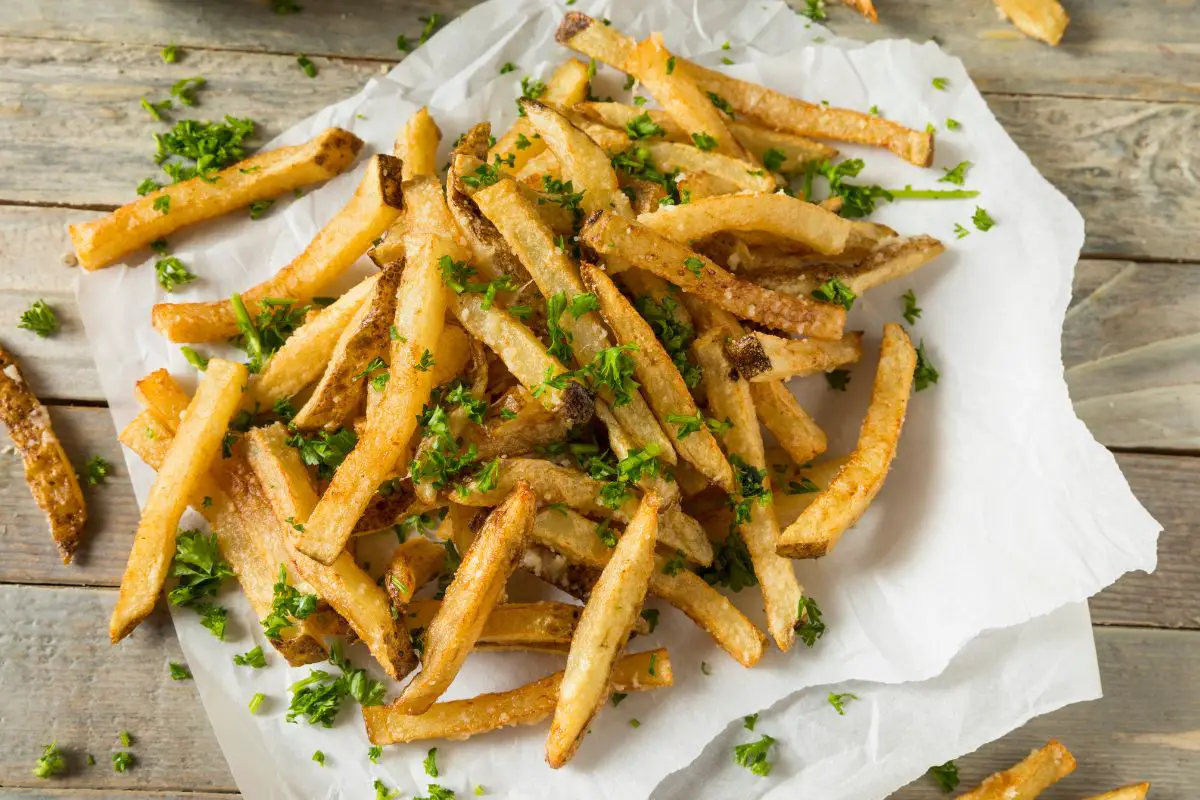In modern times, we have access to all manner of foods from all around the world, allowing us to try and enjoy things that – once upon a time – we would have never had the chance of trying.
One such example is escarole, a popular type of lettuce enjoyed all around the world. But what exactly is escarole, and what does it actually taste like?
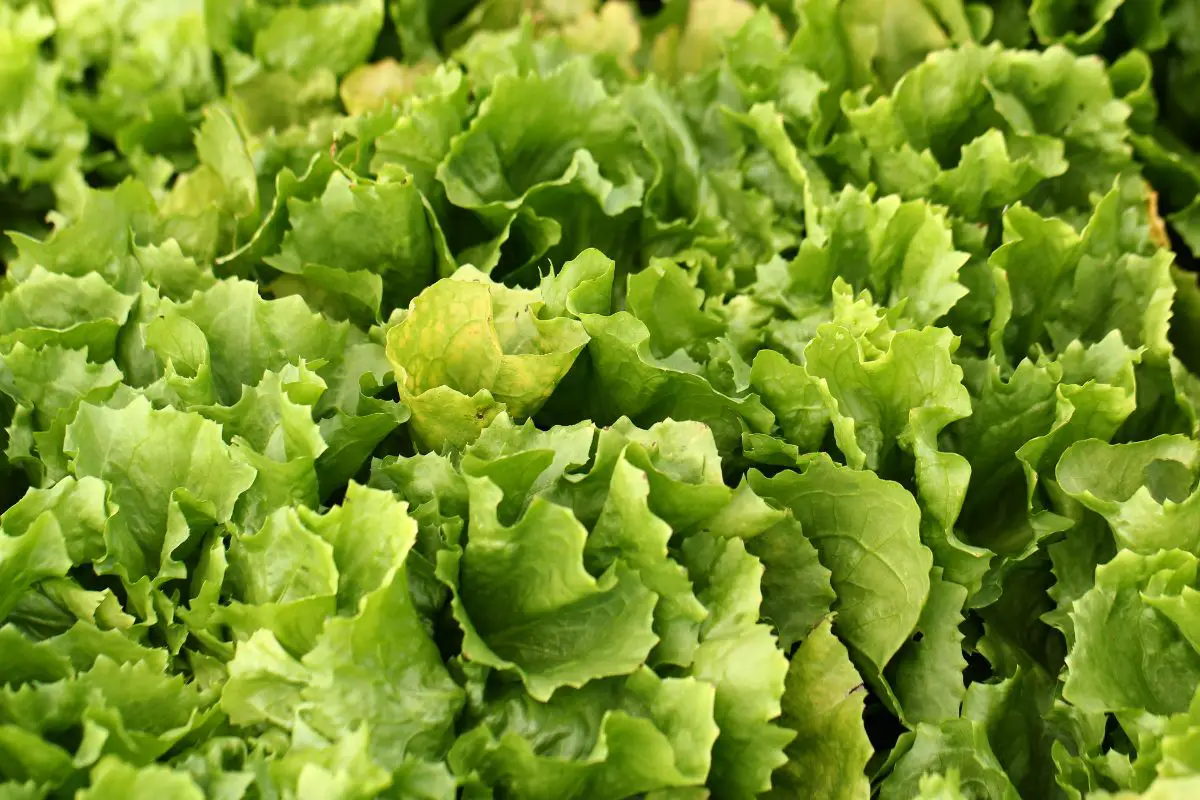
What Is Escarole?
Also known as Cichorium endivia, escarole is a plant in the chicory family, and is often confused for being specifically a type of lettuce – a common mistake as it is often used in the same way as lettuce and cabbage.
Generally speaking, escarole is considered to be a flat-leafed variety of the endive plant – a yellowy green plant with layered cylindrical leaves.
How Is Escarole Used?
Escarole is especially popular in Italian cuisine, and is used in countless dishes throughout the country and surrounding territories.
Far more versatile than lettuce, escarole can be used for stews, salads, pastas – as well as with meatballs, sausage, in chicken broth, and a particularly famous wedding
Escarole & Lettuce: What Is The Difference?
While escarole is commonly mistaken for a variant of the lettuce family, there are actually several differences between the two plants.
Firstly, escarole has a much more bitter, savory taste than lettuce – not unpleasant by any means, but more versatile when it comes to flavor and cooking potential.
Another difference is in the physical appearance of the plant itself.
The escarole has wider, green leaves that are slightly jagged with crumpled edges – and in this way it is often confused with butterhead lettuce and other similar types.
What Does Escarole Taste Like?
As mentioned before, escarole has a bitter, more savory taste than lettuce, although it is considered milder in taste than lettuce species like rocket – which have a noted pepperiness to their flavoring.
As such, it is considered far more versatile than most types of lettuce, as it pairs well with other vegetables and flavors that normally would not agree with most kinds of lettuce.
Does Escarole Taste Nice?
This is obviously a subjective question, as it is down to personal taste.
However, escarole remains a popular choice for many, and it is grown all over the world and consumed in countless dishes – something that would suggest a certain degree of popularity on the global scale.
How Nutritious Is Escarole?
Just like other leafy vegetables, escarole is packed with nutrients, vitamins, and minerals – making it a great choice for a balanced healthy diet.
For every 2 cups of escarole – roughly 85 grams – the nutritional values are:
- Calories – 15
- Carbohydrates – 3 grams
- Protein – 1 gram
- Fats – 0 grams
- Fiber – 3 grams
- Iron – 4% of the daily value
- Vitamin A – 58% of the daily value
- Vitamin K – 164% of the daily value
- Vitamin C – 10% of the daily value
- Folate – 30% of the daily value
- Zinc – 6% of the daily value
- Copper – 9% of the daily value
Does Escarole Have Any Health Benefits?
Like other forms of fruit and vegetables, escarole also has potential health benefits when consumed as part of a regular diet.
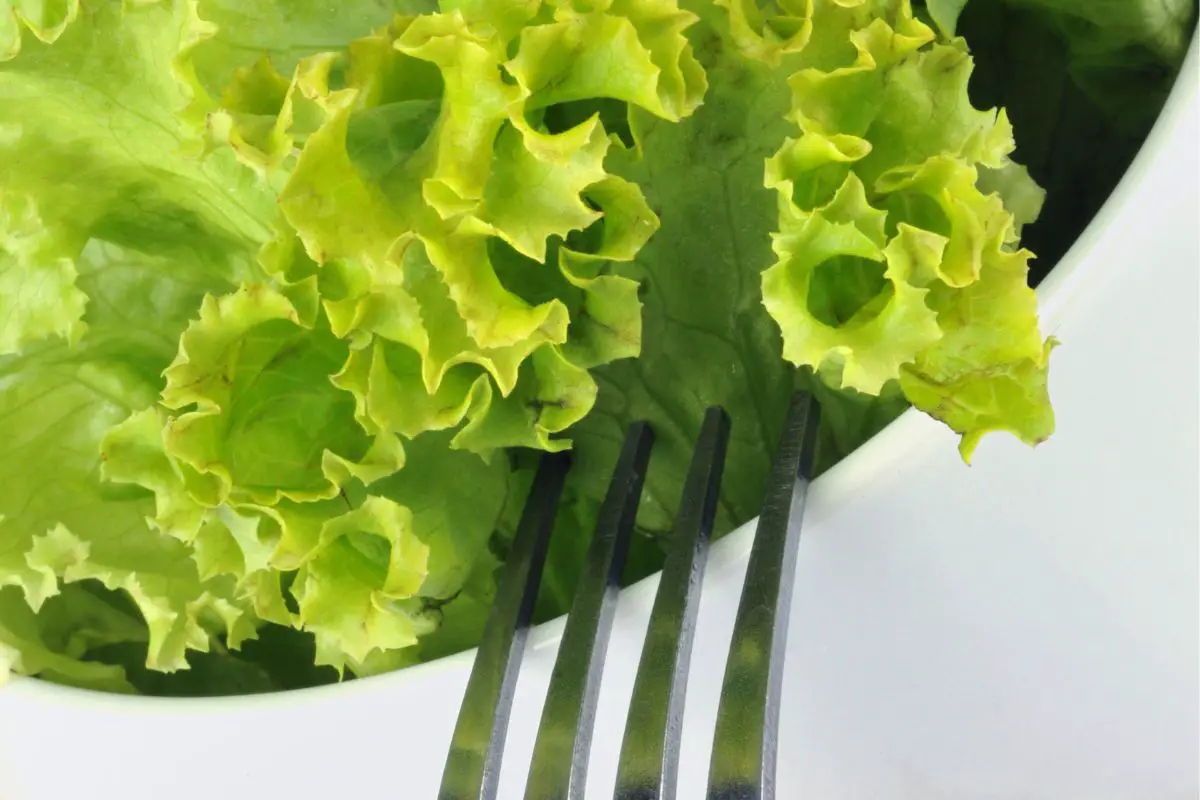
May Promote Gut Health
Escarole might be good for promoting a healthy gut biome – namely due to the amount of fiber that is present. When we talk about fiber in the body, there are two main kinds: soluble, and insoluble fiber.
Soluble fiber passes through our system, where it can be good for encouraging friendly bacteria in the body.
Insoluble fiber however is passed through the body unchanged, and can promote healthy bowel movements and digestive health.
Generally speaking, escarole contains mainly insoluble fiber – containing around 12% of your daily value per every 85 grams.
May Support Eye Health
As the above section mentioned, escarole is high in vitamins – most notably vitamin A, which is good for ensuring healthy eyes.
With 85 grams of escarole, you are accessing 54% of your daily value, which can then go to work to bolster the rhodopsin – a pigment within the retina of your eye that allows you to differentiate between lightness and darkness.
Shortages of this pigment have been linked to blindness – and the propensity for people to go blind – and as such the consumption of vitamin A is considered very important.
May Reduce Inflammation
Escarole also contains numerous antioxidants, all of which are good for reducing inflammation throughout the body.
This can be good for bolstering cells against the natural aging process, reducing the pain caused by chronic diseases – such as fibromyalgia – as well as keeping us looking and feeling younger for longer.
May Promote Healthy Bones
Escarole contains a lot of vitamin K, which amongst other things is good for maintaining the calcium levels in your bones.
When your calcium levels drop, you run the risk of developing brittle bones, and other related illnesses, and as such ensuring vitamin K levels are high gives you the best chance for avoiding injury in old age.
May Promote Heart Health
Vitamin K has also been shown to be beneficial for restoring heart health, and reducing the effects of heart disease on the body – most notably in postmenopausal women, where the combination of vitamin K1 and vitamin D significantly slowed the hardening of the arteries in those suffering with heart disease.
Are There Any Downsides?
Of course as with any fruit or vegetable, there can be some downsides – although these are rare.
Blood Thinners
As a leafy vegetable, escarole should be avoided by those who take blood thinning medications like warfarin.
This is because blood thinning medications are known to interact with vitamin K, meaning that large amounts of vitamin K (as found in escarole) can counter the effects of the blood thinning medication itself.
This could potentially lead to heart attacks and blood clots in the worst of cases.
Kidney Stones
Escarole can also aggravate kidney stones. This is because of the high oxalate, a plant compound that is known to get rid of excess calcium in the body.
This substance is filtered by the kidneys, and as such is bad for kidney stones.
Pesticides & Bacteria
Like all fruit and vegetables, escarole should be washed and cleaned thoroughly before eating – due to the amount of pesticides that are used during the farming process.
Similarly, any bacteria or food borne illnesses could be lingering on escarole, but these can be eradicated with proper cleaning.
Final Thoughts
And there we have it, everything you need to know about escarole, what it is, and what exactly it tastes like.
It’s true that there are many kinds of vegetables on the modern market, allowing people to sample all manner of different flavor palettes that they otherwise wouldn’t have had the chance to engage with.
However, there are few as flavorful and delicious as escarole, which goes some way to explain why it is so popular amongst so many people.
So if you are looking for your new favorite veggie, then why not give escarole a try? Something tells me you won’t be disappointed!
What Does Escarole Taste Like?
Course: Taste Like4
servings30
minutes40
minutes300
kcalWant to know what escarole is and what it tastes like? Check out this handy guide for everything you need to know!
Ingredients
Escarole
Ingredients from your favorite recipes
Directions
- Escarole is especially popular in Italian cuisine, and is used in countless dishes throughout the country and surrounding territories.
- Far more versatile than lettuce, escarole can be used for stews, salads, pastas – as well as with meatballs, sausage, in chicken broth, and a particularly famous wedding soup that is traditionally consumed throughout the country.
Recipe Video
https://youtu.be/rHCuzkzLkJ8Video can’t be loaded because JavaScript is disabled: Escarole 101 | Clean & Delicious (https://youtu.be/rHCuzkzLkJ8)- Author
- Recent Posts >
- What Exactly Do Chickpeas Taste Like? Is There A Distinct Flavor? - September 30, 2023
- Top 11 Low Carb Options at Sonic Drive-In for Keto Diet - September 30, 2023
- What Should You Serve Alongside Potato Salad? 8 Incredible Side Dishes - September 30, 2023 >


